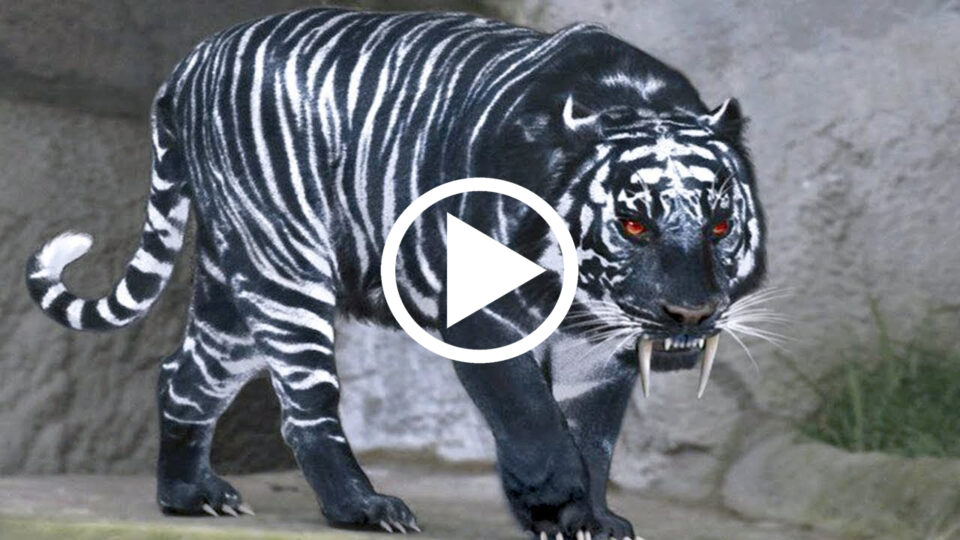Wild animals are fascinating to look at. The scarier they look, the more exciting it is, for some reason.
What if some of these animals, who are part of a similar genetic group, were to breed together ? You would probably end up with some crazy hybrid species that would blow your mind.
Well, guess what? There are many hybrid animals out there that exist, and when you see them, you will be stunned! So just sit tight and don’t blink as we countdown 15 Unique hybrid animals that actually exist.
Hinny (Female Donkey + Male Horse) A hinny results from breeding between a female donkey and a male horse. They say a hinny has the body of a donkey and the extremities of a horse.
Because a donkey mare is smaller than most horses, hinnies are smaller and less common than mules. It is difficult to tell the differences between a mule and hinny, therefore hinnies are often mistaken for mules. They generally refer male and female hinnies to in the same way as male and female mules.
Male mules and male hinnies are anatomically normal. They are difficult to handle and should be castrated, to help with their temperament and make them safer to manage.
Mules and hinnies come in a wide range of colours depending on their parents: from plain solid colours to paint and appaloosa markings.
As donkeys have 62 chromosomes and horses have 64 chromosomes, a mule or hinny has 63 chromosomes because of their inter-breeding.
This odd number of chromosomes makes it extremely rare for a mule to breed. With a name like the hinny, and that the donkey is the female, I’m sure she will make the important decisions in the household.
Żubroń (Cow + European Bison) The Zubron is a hybrid of domestic cattle and wisent. The wisent is the European bison; hence, the zubron is analogous to the American beefalo. Zubron were first developed by Leopold Walicki in 1847.
After World War I, various scientists considered Zubron a potential replacement for domestic cattle. Zubron turned out to be more durable and less susceptible to disease. I
n addition, they could be bred on marginal grazing land with no farm infrastructure and with minimal husbandry in vast state agricultural farms. During the first 16 years of experiments, 71 animals were born. The animal was intended to become a hardy and cheap alternative to cattle.
The experiment was continued until the late 1980s, when the results of the breeding programs were deemed unsatisfactory.
There were fears that zubron would crossbreed with the endangered wild wisent, contaminating their gene pool. I guess when you start toying with genetic composition, it can backfire.


